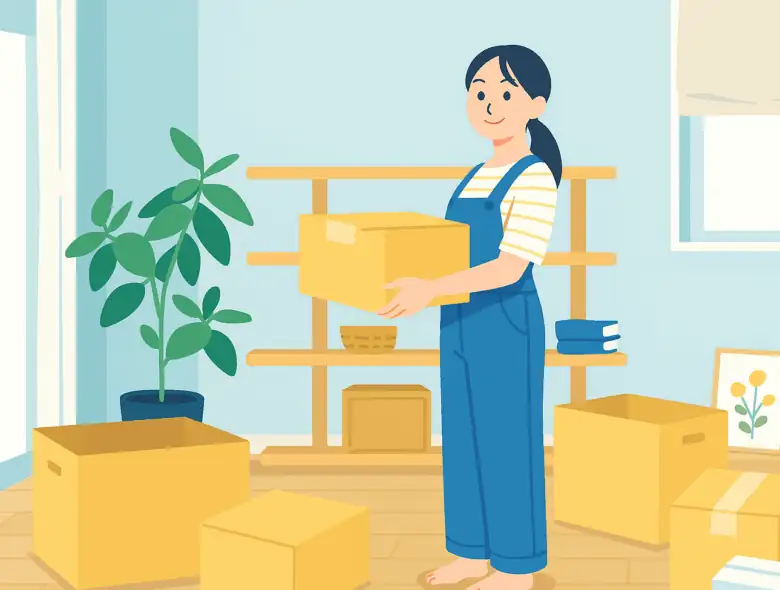In Japan, each municipality has its own detailed rules for disposing of trash. Collection days, sorting categories, and even the type …
Type and hit ENTER

Village Blog - Living in Japan & Japanese Apartment Tips

In Japan, each municipality has its own detailed rules for disposing of trash. Collection days, sorting categories, and even the type …

Some people may have fallen behind on their rent payment for reasons such as “I forgot to check my bank balance and the …

In Japan’s rental housing market, rent increases continue due to rising construction material and labor costs, as well as higher repair and maintenance …

Two common issues that arise when it comes to rental contracts in Japan are how security deposits are handled, and the cost of restoring the property to its …

Living alone in Japan can be exciting, but it also comes with a variety of challenges. There are many things you’ll …

Moving in Japan is not simply about packing up your belongings and transporting them. There are several tasks to handle, including …
If you’re going on a long-term business trip or looking for …
Are you thinking about adopting a pet but not sure if it’s o…
No matter if you just moved to Japan and need to furnish a w…
Have you ever heard of the term danchi? If so, then you may …
Introduction The recent Covid-19 pandemic has seen people…
©VILLAGE HOUSE. All rights reserved